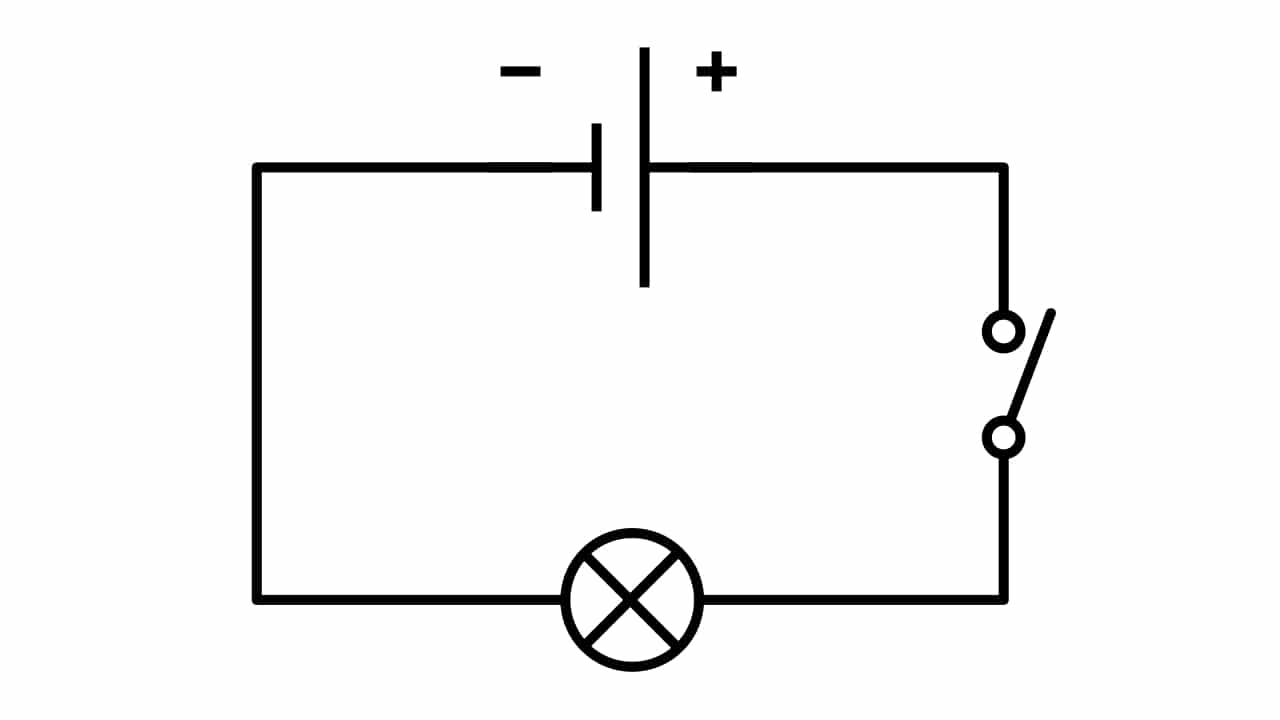
A multitude of Electronic components on this blog, as well as many other articles on tools, software, projects, etc. It would also be interesting to go one step further and show types of electrical circuits for beginners starting in the world of electronics and electricity.
In everyday life, many of these circuits are used almost without realizing it, from the mobile devices that you use every day, to when you press the switch in your room to turn the light on or off, stopping for many other applications. To understand a little better how it works all that, I recommend you read this guide ...
What is a circuit?
Un the circuit It is all that complete and closed path or path around which something circulates. For example, you can have a racing circuit, through which competition vehicles turn; a hydraulic circuit, through which some fluid will circulate; or an electrical circuit, through which electric current circulates.
To be able to circulate, you need a correct medium, in addition to a series of elements that allow it. For example, in a race track you will need a path, for the hydraulic one you need a conduit, and for an electrical one a conductor that carries the current.
What is an electrical circuit?
If we focus on a electrical circuit, is that path or path through which an electric current flows. This path can be more or less long and with more or less elements.
For example, one of the most basic circuits that are usually given as an example is usually a battery, with a switch and a light bulb or motor. That is the most basic, while there are others much more complex, such as the electrical installations of a building, or the circuitry of an electronic device.
Of course, in this type of electrical circuit, there will be a series of associated quantities. The most basic ones we have already introduced when we analyze ohm's law: voltage, intensity and resistance.
Electronic circuit
Surely you wonder about the difference between electricity and electronics, or between electronic circuit and electrical circuit. In principle, an electric circuit can be used for both cases, although when it is specified and speaks of an electronic circuit, it is generally referring to direct current circuits.
For example, we speak of an electrical circuit when we speak of the electrical installation of a house (alternating current) and of an electronic circuit (DC) when referring to a PC.
However, to be a lot more concrete:
- Electric: when the current flow is controlled by certain actuators, such as switches, switches, etc. In these circuits there are usually no active elements, only passive elements (resistance, capacitor, transformer, diode, etc.)
- Electronic: when the current flow is controlled by another electrical signal. For example, with a transistor to which a gate voltage is applied to allow or not the flow between the source and drain. That is, for it to be called as such, it should contain at least one active element.
In other words, the electronic circuit is one in which electricity is able to control electricity. But in both there can be different components that can be common: transistors, diodes, light bulb or LEDs, resistors, coils / inductors, capacitors, etc.
Types of electronic circuits
The types of electronic circuits depending on how the elements are positioned they are:
- Serial: that circuit in which two or more loads (bulb, LED, motor, transistor, ...) are connected in series with each other, that is, one after the other. By causing current to flow through the components of the circuit in a single path.
- In parallel: in this case it would be when the components are connected in parallel. That is, there will be different paths through which the current could flow. In this case, if one of the elements in series stopped working, the rest could continue to receive power.
- Mixed: they are the most frequent, and mix both elements in series and elements in parallel.
If we attend to how is the circuit or layout that the electricity travels, you can differentiate between:
- Cerrado: it is that circuit whose path allows the circulation of current , making the current flow value dependent on the load.
- Open: when there is a defective element or cut conductor, or some element (such as a switch), they are preventing the current from flowing.
- Short circuit: short circuit is called the phenomenon in which both poles (+ and -) join each other, causing the circuit to stop working. This can happen because there is some conductive element between the conductive tracks or cables, because the insulation that insulates the conductors has deteriorated, etc.